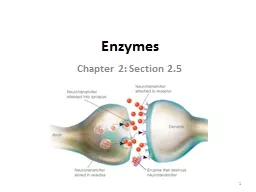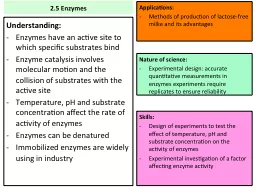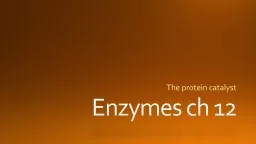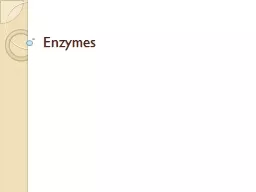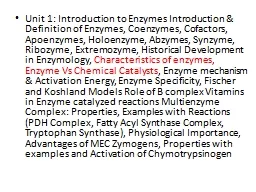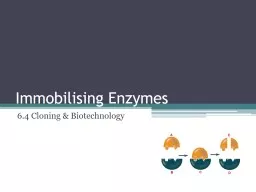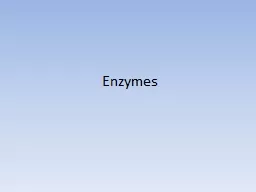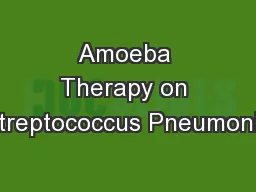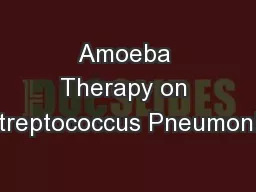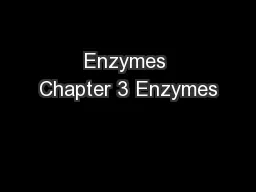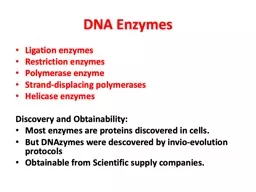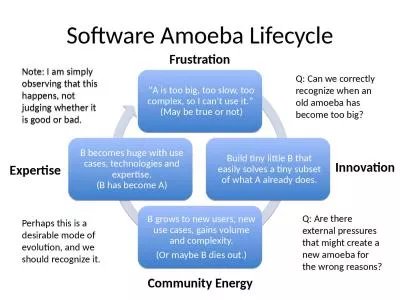PPT-Enzymes Enzyme Videos Amoeba
Author : cappi | Published Date : 2022-06-11
Sisters Enzyme Video 547 https wwwyoutubecomwatchvqgVFkRn8f10 Ricochet Science How Enzymes Work 120 https wwwyoutubecomwatchvUVeoXYJlBtI AP Biology Catalase Lab
Presentation Embed Code
Download Presentation
Download Presentation The PPT/PDF document "Enzymes Enzyme Videos Amoeba" is the property of its rightful owner. Permission is granted to download and print the materials on this website for personal, non-commercial use only, and to display it on your personal computer provided you do not modify the materials and that you retain all copyright notices contained in the materials. By downloading content from our website, you accept the terms of this agreement.
Enzymes Enzyme Videos Amoeba: Transcript
Download Rules Of Document
"Enzymes Enzyme Videos Amoeba"The content belongs to its owner. You may download and print it for personal use, without modification, and keep all copyright notices. By downloading, you agree to these terms.
Related Documents


